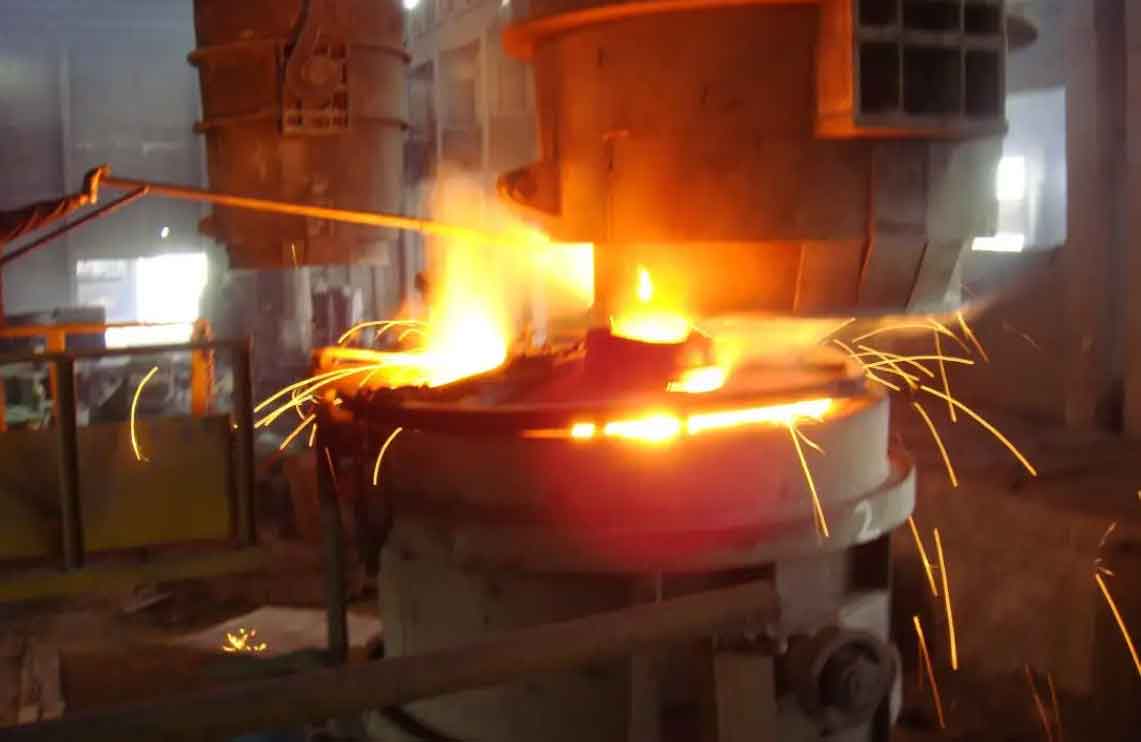Most of the previous studies put forward the thermodynamic and dynamic conditions of hot crack formation from the perspective of metallography and found out the solutions to the cracks, but these measures can not completely solve the crack defects. In order to obtain high-quality steel castings, we must integrate theory with practice, pay attention to the actual production situation, and study the influence of external factors on the crack formation process of sand castings, so as to find out the measures to prevent cracks, which can be summarized in the following aspects:
① The computer is used to simulate the sand mold casting process and predict the formation of cracks.
② The properties of molding sand are tested by new instruments, some important process parameters are controlled, and the fracture work is used as a new criterion for the fracture of resin sand.
③ Starting from the process parameters, explore specific measures.
④ Add additives to the sand mold to improve the concession of the mold.
⑤ Study the adverse factors of special coatings to inhibit cracks.
⑥ Explore a new molding sand process to produce thin-walled and uneven wall thickness steel castings.
The crack problem of steel castings produced by furan resin sand production is a comprehensive problem. Although many measures have been taken, the effect is not ideal. At present, Qiqihar vehicle factory has abandoned the furan resin sand production line with the largest production capacity in China, and some small foundries have also abandoned the production of steel castings by furan resin sand process. Therefore, considering the long-term development, we must explore new processes and methods to solve the problem of cracks in thin-walled and uneven thickness steel castings (such as bolster, side frame, motor shell and other products) and improve the product quality of sand castings.

